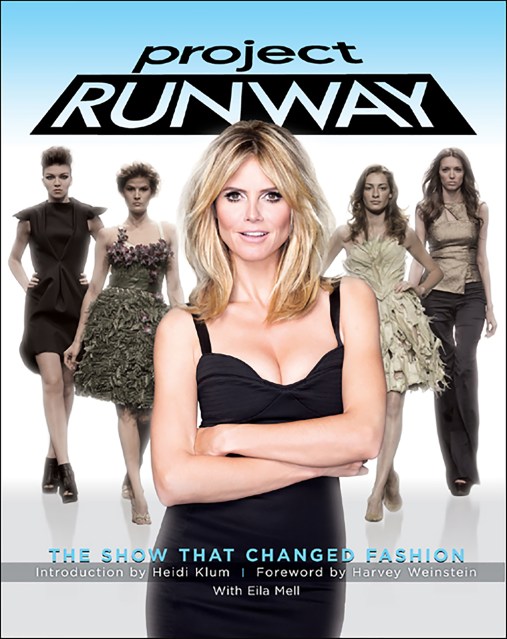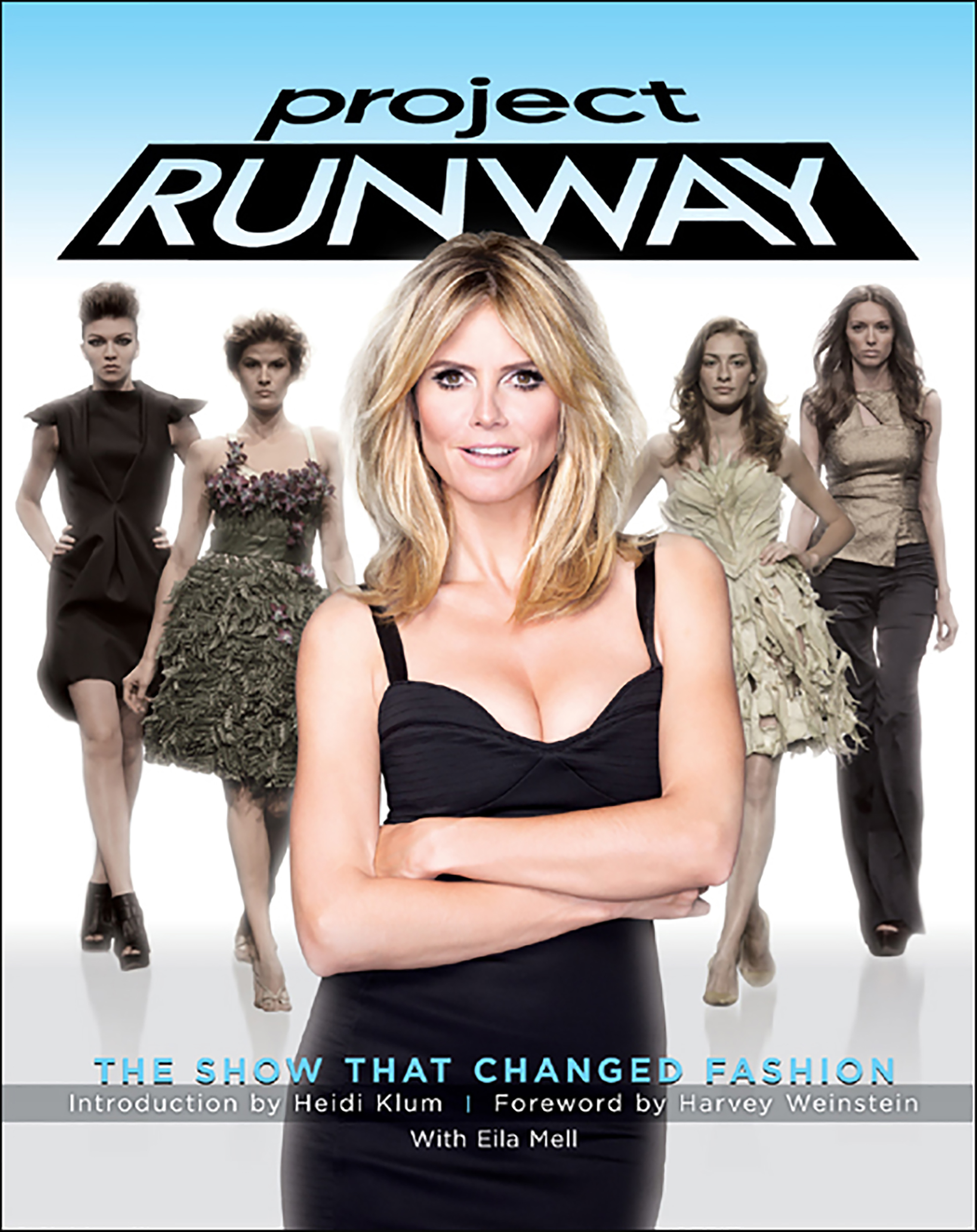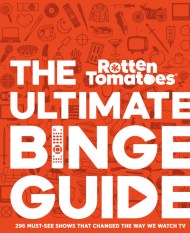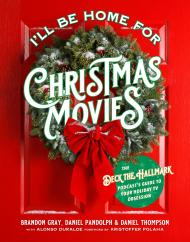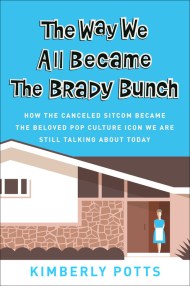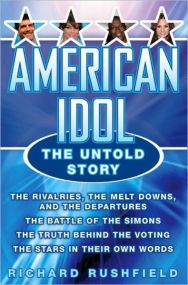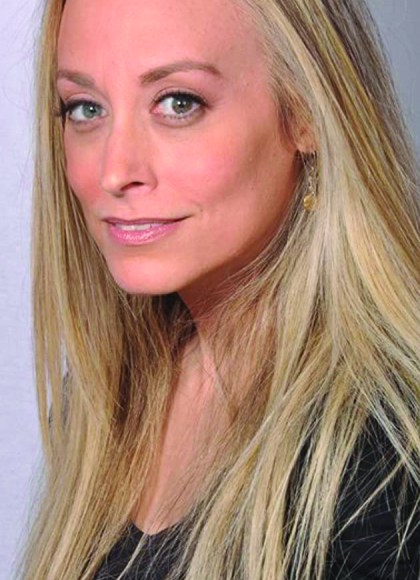Promotion
Use code MOM24 for 20% off site wide + free shipping over $45
Project Runway
The Show That Changed Fashion
Contributors
By Eila Mell
Formats and Prices
Price
$14.99Price
$19.99 CADFormat
Format:
ebook $14.99 $19.99 CADThis item is a preorder. Your payment method will be charged immediately, and the product is expected to ship on or around July 10, 2012. This date is subject to change due to shipping delays beyond our control.
Also available from:
Genre:
-
"An inside look at all the glitz and glamour, blood, sweat, tears, and trends
that make fashion shows and fashion such a magic and mystical ride." -Phillip Bloch on author's previous book, New York Fashion Week
- On Sale
- Jul 10, 2012
- Page Count
- 296 pages
- Publisher
- Hachette Books
- ISBN-13
- 9781602861794
Newsletter Signup
By clicking ‘Sign Up,’ I acknowledge that I have read and agree to Hachette Book Group’s Privacy Policy and Terms of Use
